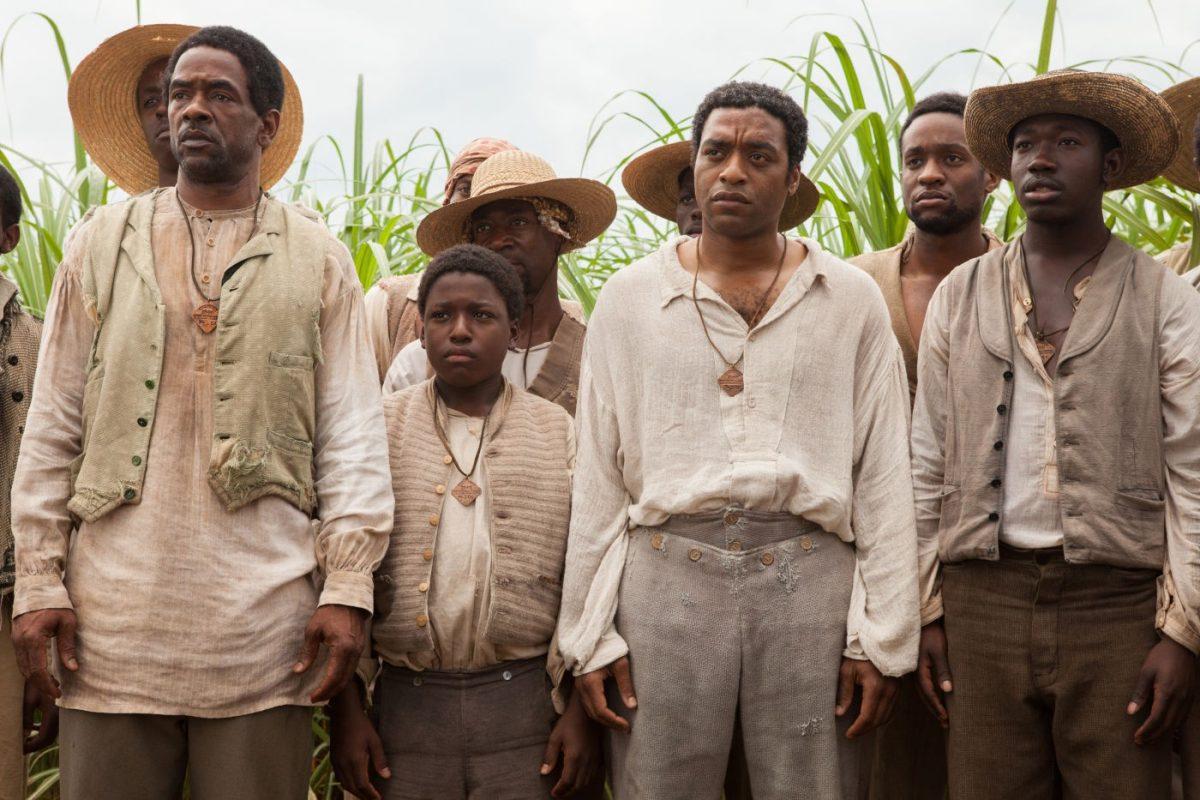
Fox Searchlight
Chiwetel Ejiofor plays Solomon Northup in 12 Years a Slave.
Underneath a blazing southern sun, a young man drops to the ground obscured from view by the cotton bush he just picked. Another man walks over, kicks the slave and commands him to get up, but he doesn’t stir. Solomon Northup—a man who has seen a great deal of suffering himself—watches quietly from a distance.
We never find out why that slave died. Whether because of heat, exhaustion, or lack of food and water, it remains unknown. It simply happens and everything continues on.
But that is the very nature of Steve McQueen’s 12 Years a Slave. Horrendous circumstances are presented in a matter-of-fact style, which bleakly created the life of slaves during the 1800s.
What made this film a true triumph, though, were the spaces between one abhorrent event to the next, where we look to Solomon’s face. That face could carry the film’s entirety, even if everything else had failed.
It’s a colossal credit to Chiwetel Ejiofor’s performance as Solomon. No one could have cemented the honesty, the pain, the integrity, quite like him. It would be impossible to fathom another actor playing Solomon.
The film itself is one that starts at the middle and ends at the end. Flashbacks flicker from Solomon being kidnapped and sold into slavery, to his life as a free man in New York with a wife and kids, to his service under one slave owner and then to another.
McQueen exposes slaves’ naked bodies, presenting lashing, rape and murder, but these atrocities aren’t simply dramatized for the sake of cinematic experience. The deadening and haunting emotion needs no aggrandizing.
In one scene, we are forced to witness Patsey (Lupita Nyong’o) being raped by a white slave owner. Her stoically blank expression is evocative and distressing. Per form, it happens and is never mentioned again.
But Patsey’s torment doesn’t stop there, as she must still contend with the fetishizing maniac and his spiteful wife. The thud of a decanter against Patsey’s skull or a whip against her back is emblematic of 12 Years a Slave. It can’t be forgotten. The images burned into my retinas as if they used a scalding hot iron instead of a camera.
For Solomon, the toll is great as well. At the beginning of his ordeal he says, “I don’t want to survive. I want to live.”
Solomon consistently fights back and defends himself, first from the overseer John Tibeats (Paul Dano) and then from plantation owner Edwin Epps (Michael Fassbender). He demands his freedom every time he resists being treated as less than human.
The consequences are vicious to say the least. One of the most tormenting scenes in the film is watching Solomon being strung up by a rope, with only just enough give that his boots can touch the ground and keep him breathing.
It’s a cruel balancing act for him. He accepts the impossibility of escape but is unwilling to sacrifice his integrity.
Sean Bobbitt’s cinematography renders these trials in a similar matter-of-fact way as the story itself. It only really flourishes when capturing the surrounding nature. But even in all its beauty, nature stands aloof and indifferent to the toils of Solomon and the other slaves laboring at its feet.
We, the audience, are also made to observe as the trees do. It’s the excruciatingly numb state that 12 Years a Slave demands that makes it compelling.
An elderly woman (played by Topsy Chapman, a real-life New Orleans singer) leads the others in the spiritual song “Roll Jordan Roll.” The sole rhythm of their clapping under a fading sun is like a healing balm over a wound. The effect is clear as we watch indescribable emotions play across Solomon’s face. He begins to clap in unison with the others. The deep timbre of his voice can then be heard, powerfully hovering just slightly over all, as he sings, “My soul arise in heaven, Lord, for the year when Jordan roll. Roll, Jordan, roll.”
Ejiofor can’t be commended enough for his portrayal of Solomon Northup, nor McQueen for the most heartbreaking reminder of slavery in America to-date.